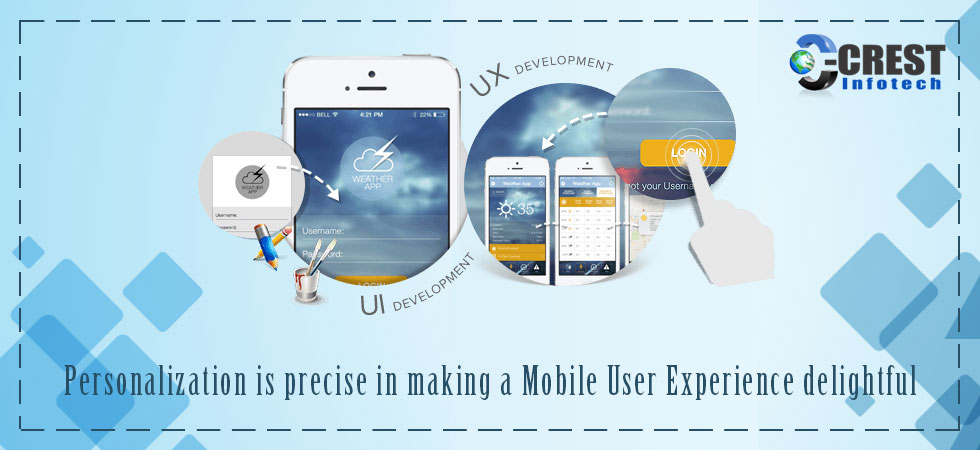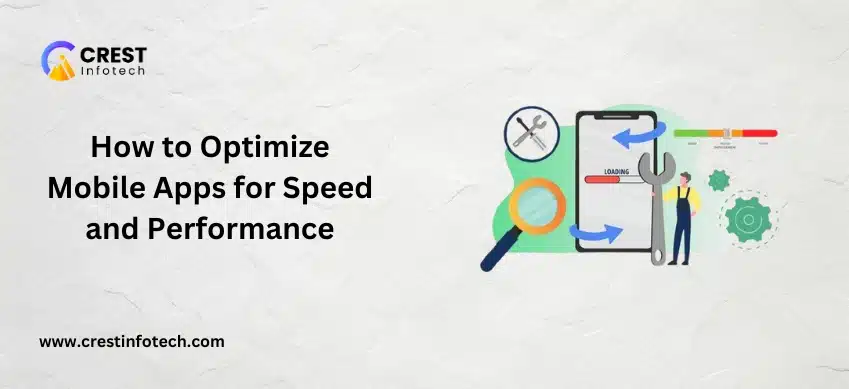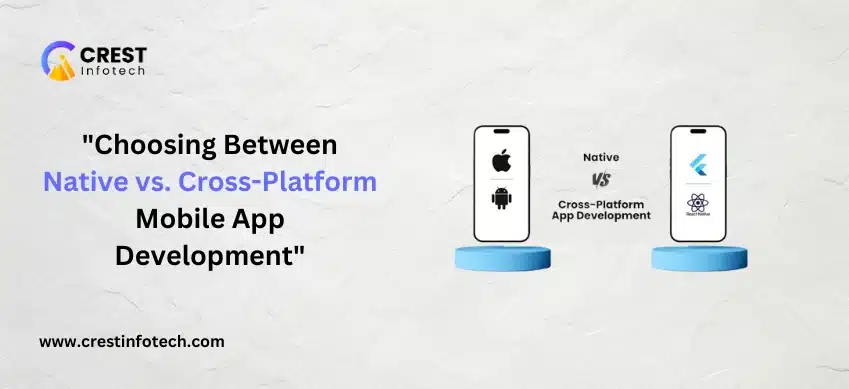Imagine a picture that changes dynamically according to your moods or situations. What will your house say, when it gets back to you? And your car, and your bus, and your restaurant table, and your e-commerce shopping cart.
Let’s find out! The Internet is connecting to almost everything around us and transforming it. The office whiteboard, your refrigerator, and home thermostat, even your plants – they can all be plugged into the digital world. Mobile apps will play a huge role in making them work together.
Mobile apps are available for nearly every task imaginable. From predicting the weather to encrypted messaging, sharing photos with friends or requesting a personal driver, there’s an app for most imaginable needs.
Mobile communication is so integrated into our lives that many people feel uncomfortable without a cell phone.
Smartphones have become an inseparable part of our daily lives. Waking up with a morning alarm, using Whatsapp, listening to music, reading the news, watching YouTube videos, checking emails, updating project statuses, and so on. Everything is seamlessly executed from our mobile devices.
WHAT IS MOBILE APP DEVELOPMENT?
A mobile app is a software that runs on a handheld device (phone, tablet, e-reader, iPod, etc.) that can connect to wifi or wireless carrier networks, and has an operating system that supports standalone software.
Mobile applications date back to the end of the 20th century. In the past few years, mobile apps have progressed swiftly and new applications are being introduced in the market every now and then. As the users of these apps are getting more demanding day by day, the developers are trying to develop such apps that meet their needs. As per the current scenario, Google Play houses 2.2 million apps and the Apple App Store has about 2 million apps and this number is not going to slow down anymore.
The Motorola DynaTAC 8000X was the first commercially available cell phone. First marketed in 1983, it was 13 x 1.75 x 3.5 inches in dimension, weighed about 2.5 pounds, and allowed you to talk for a little more than half an hour. It retailed for $3,995, plus hefty monthly service fees and per-minute charges.
Nokia was famous for putting the 1970s video game Snake on some of its earliest phones. Other followed, adding games like Pong, Tetris, and Tic-Tac-Toe.
These early phones changed the way people thought about communication. As mobile phone prices dropped, batteries improved, reception areas grew, and more and more people began carrying these handy devices.
IMPORTANCE OF MOBILE APPLICATION DEVELOPMENT IN TODAY’S COMPETITIVE WORLD?
The mobile app industry is an exciting area to keep an eye on. It has grown immensely over the last decade and it is likely that it’ll continue to do so.
Early phones had very small monochrome low-res screens and limited storage and processing power. They couldn’t handle the data-intensive operations required by traditional Web browsers. The bandwidth requirements for data transmission were also costly to the user.
The Wireless Application Protocol (WAP) standard was developed to address these concerns. The WAP solution was great for handset manufacturers. They could write one WAP browser to ship with the handset and rely on developers to come up with the content users wanted.
PAYMENT FROM MOBILE DEVICE
Payment was handled through various premium-priced delivery mechanisms such as Short Message Service (SMS), Enhanced Messaging Service (EMS), Multimedia Messaging Service (MMS), and WAP Push.
A variety of different proprietary platforms emerged and developers are still actively creating applications for them. One of the first was the Palm OS (now Garnet OS) and RIM Blackberry OS. Sun Microsystems popular Java platform became Java Micro Edition (Java ME). Qualcomm developed its Binary Runtime Environment for Wireless (BREW). Symbian OS was developed by Nokia, Sony Ericsson, Motorola, and Samsung. The Apple iPhone iOS joined the ranks in 2007. Google’s Android came along a year later.
The mobile phone market has become increasingly fragmented, with all platforms sharing part of the pie. Mobile software developers work with different programming environments, different tools, and different programming languages.
APPLE PAY & GOOGLE PAY
These days, instead of using credit or debit cards, a considerable number of customers prefer to make purchases through Google Wallet and Apple Pay. Therefore, this is giving a push to m-commerce.
Coupled with wearable devices, m-commerce payment facilities will take a different shape in 2017. Beyond predictive analytics and data collection, wearable will also play a major role in the future of m-commerce and customer loyalty.
In the current market, the two mobile platforms of choice are Google’s Android and Apple’s IOS. It makes sense, therefore, to develop your application for one or both of these platforms if you want to achieve higher market penetration and generate better revenues. Our expert developers have thorough skills and well-honed experience in developing customized applications using both Apple’s iOS SDK and Google’s Android development environment.
IPHONE APP DEVELOPMENT
iPhone is a notable and far-famed mobile device used by the smartphone lovers across the world. The immense demand of it gives a straightaway signal that not only assures good return on investment for the iOS App Development but also does well for the users.
iOS, which was previously called iPhone OS, is a mobile operating system developed by Apple Inc. iOS is a mobile operating system developed and distributed by Apple Inc. It was originally released in 2007 for the iPhone, iPod Touch, and Apple TV. iOS is derived from OS X, with which it shares the Darwin foundation. iOS is Apple’s mobile version of the OS X operating system used in Apple computers.
Currently, we are working on Mobile Development At Rapid Pace, Cloud Technology, Location-Based Wi-Fi Services And Beacon Technology, Mobile Payments, Mobile Banking And M-Commerce, Internet Of Things, In-App Purchasing And Advertising.
ANDROID APP DEVELOPMENT
Android is an open source and Linux-based operating system for mobile devices such as smartphones and tablet computers. Android was developed by the Open Handset Alliance, led by Google, and other companies.
Android offers a unified approach to application development for mobile devices which means developers need only develop for Android. However, their applications should be able to run on different devices powered by Android. It offers Beautiful UI, Storage, Multi-tasking, Multi-Language, GCM, Wi-Fi Direct.
Businesses looking for enterprise application can reap a lot of benefits due to the increasing number of Android users. Some of the benefits include low investment, easy customization, security and distribution, wearable devices.
Moreover, we have successfully developed hundreds of high-performance Android apps on OS releases right from Android ICS, Android KitKat, Android Lollipop, Marshmallow to the latest Android Nougat.
WHAT DO WE PROVIDE?
Whether it’s a brand new from-the-scratch mobile app, a full-blown web portal, or creating something you only dreamed possible, we have the size, scale and expertise to make it happen.
Essentially, you are looking for a quality application that will generate revenue to your business and fill a gap in the market. By choosing our company, you are working on the top list of application development companies. Furthermore, we provide services to diverse domains and are not limited to any particular field. Moreover, we have an award-winning team of strategists, UX/UI designers, business analysts, and iPhone developers.
Our iPhone app developers provide our clients with custom iPhone app solutions based on their business needs to satisfy the business user demand. We ensure that you have options in multiple categories for iPhone apps that include finance and banking, augmented reality and social network.
Our apps not only look good but are designed keeping functionality and users experience in mind. We provide an end-to-end solution, taking care of your apps’ after delivery support and maintenance.



